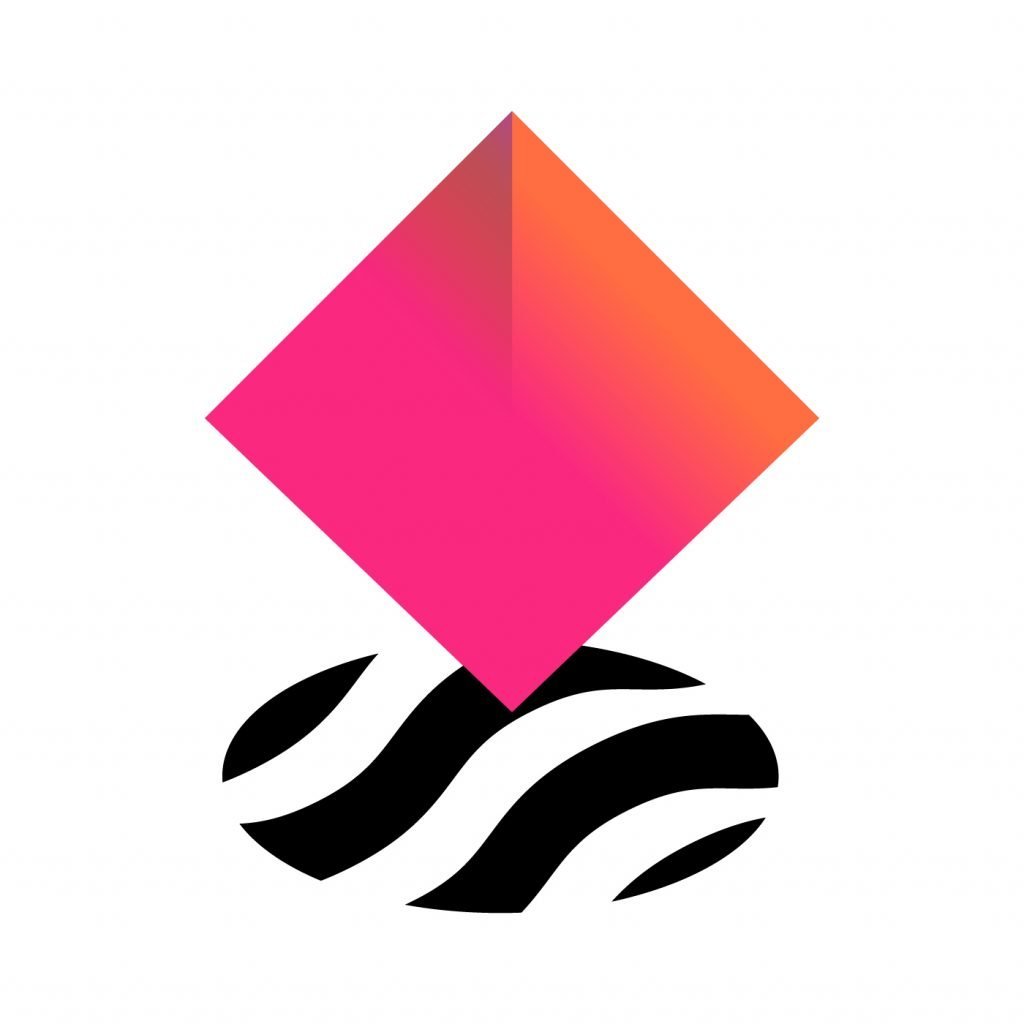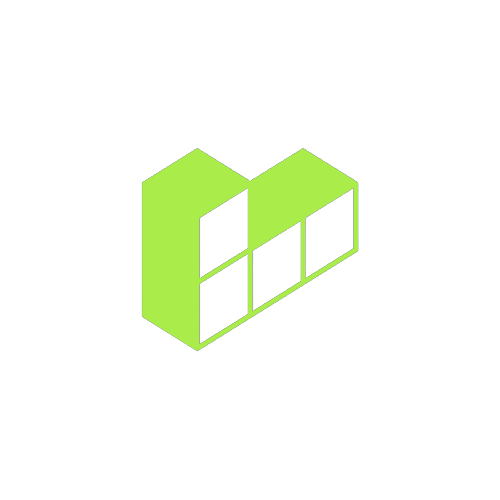You have heard stories of how extremely expensive NFTs are sold for.
For example, CryptoPunk 7523, the most expensive CryptoPunk NFT to date (August 2022), sold for $11.75 million.
I’m sure you’d love to own this highly valued NFT, but it’s quite pricey for you, right?
So, what if I told you that there is a way to buy this NFT for only $10?
Yes! It is possible, and it is all thanks to “Fractional NFT”.
As you read on, I’ll explain all you need to know about Fractional NFT.
Post Summary
I will cover:
- What Is Fractional NFT?
- How Fractional NFT Works
- The Top 5 Fractional NFT Platforms
- Benefits And Risks Of Fractional NFT
- FAQs
- Conclusion
Let’s dive in!
1. What Is Fractional NFT?

In our post on “What is NFT?” we explained that NFTs are unique assets tied to exclusive ownership; they cannot be broken down into fractions.
Well, this assertion still holds, except it does not apply to Fractional NFT.
So, what is Fractional NFT?
Fractional NFT is simply a whole NFT divided into smaller pieces, allowing different people to share the ownership of the same NFT.
It allows for an NFT to be divided into fractions and represented as fungible tokens that are owned by different people.
With Fractional NFT anyone can own a portion of a highly valued NFT by investing little money.
For example, in August 2021, “Party of the Living Dead,” a group of 4078 people, purchased “Crypto Punk 2066.” worth over $3 million.
Also, each of them received a token bearing the symbol “DEAD” that represented their shared ownership of this NFT.
Fractional NFT is often referred to as F-NFT.
Now that you have an overview of Fractional NFT, let’s look at the mystery behind it.
2. How Fractional NFT Works
The following steps explain how NFTs are fractionalized.
First Step:
The NFT owner first locks it into a smart contract designed for NFT fractionalization.
In addition, he specifies the number of tokens to be created, the price of the token, and other properties.
There are currently several platforms that allow him to do this. I’ll talk about them in another section of this post.
Second Step:
The Smart contracts then split the NFT into fractions by minting fungible tokens, let’s say ERC-20 tokens.
The tokens minted will, however, depend on the blockchain version of the NFT.
In addition, the supply minted is based on the amount the owner specified.
Each of the tokens minted represents partial ownership of his locked NFT.
Third Step:
The aforementioned token minted are called fractional NFT tokens.
What this means is that anyone who owns the token also owns a fraction of the locked NFT.
In addition, the token can be traded as regular tokens on any exchange where it is listed.
If the token is traded on Uniswap, for example, it means that I can go to Uniswap and purchase it for any amount I can afford, say $10 worth.
In addition, the token minted can be used to redeem the locked NFT.
Now, this is theoretically how F-NFT works and the steps to fractionalize your NFT. I will share more as you continue reading.
See the next section!
3. The Top 5 Fractional NFT Platforms
The platforms at a glance:
NFTX

This is the first platform we’ll look at.
NFTX converts NFT into ERC-20 tokens that can be traded and staked for passive income.
So, how do you buy F-NFT on NFTX?
First off, NFTX supports Ethereum-based NFTs, like CryptoPunks, Pudgy Penguins, BAYC, etc.
Each NFT collection is held in a single vault; consider it to be the smart contract where the NFT is locked for fractionalization.
Let’s say you want to fractionalize your BAYC NFT on NFTX.
All you need to do is to visit the website, search for the vault that is specific to BAYC, and deposit your NFT.
In return, you will receive a single ERC-20 token called vtoken.
The price of this vtoken is determined by the floor price of BAYC on NFTX.
You can use the vtoken to provide liquidity on Sushiswap to earn fees.
Investors who wish to buy a fraction of this BAYC can go to NFTX and click “Coin”.
They will be redirected to Sushiswap where they can make the purchase with ETH for any amount they want to buy.
Unicly

Unicly is a popular NFT platform with $5 million in daily trading volume.
On Unicly you can fractionalize your NFT for utoken.
utokens are ERC-20 tokens representing a fraction of an NFT on Unicly.
For example, if you fractionalize a BAYC, you get uBAYC in return.
The token can be traded and used to generate passive income through liquidity providing and farming.
Unicly currently supports (as of August 2022) only Ethereum-based NFTS.
To fractionalize your NFT, go to the website, connect your wallet, and click “fractionalize.” Then follow the prompts to complete your transaction.
On the other hand, investors who want to buy a fractional NFT (utoken) on Unicly can click on “Buy” and then proceed to do so.
Furthermore, utokens serve as a governance token; they can be used to vote for an NFT in a vault to be auctioned off.
At the time of writing, Unicly is airdropping “UNIC” tokens to NFT owners who fractionalize a specific collection on its platform.
Nftfy

If you are looking for a marketplace to buy Ethereum and Polygon-based fractional NFTs, then, you may want to consider using Nftfy.
Assume you want to fractionalize your NFT on Nftfy.
You have to deposit your NFT, then set the number of tokens you want to mint, the exit price, and the trading fee.
When the tokens are minted, you can use them to add liquidity to Balancer, Uniswap, and Sushiswap.
On the other hand, let’s assume you want to buy NFT fractions on Nftfy.
When you visit the marketplace, you will find all the fractionalized NFTs displayed in their vault.
However, you can only buy a fraction of these NFTs if the owner has created a liquidity pool for them.
An NFT you can buy their fractions is easily identified because their fractional price will also be displayed.
You can click on the image and scroll down to make your purchase.
Furthermore, you can use your NFT fraction to add liquidity, trade, and claim ETH when the NFT is sold.
Nft20

Another fractional NFT platform is NFT20.
NFT20 lets users turn their NFTs into liquid assets that can be traded, swapped, and farmed for yields.
There are different pre-existing vaults for specific NFT collections.
However, anyone can create a vault if the vault for their NFT collection isn’t available on NFT20. Do note that only Ethereum-based NFTs are supported.
When NFT owners deposit their NFT on NFT20, they receive 100 NFT20 tokens.
If, however, they feel that their NFT is worth more than the 100 tokens they received, they can create a Dutch auction to receive more tokens for their NFT.
The tokens received can be traded on Uniswap and farmed for yields.
In addition, 100 NFT20 tokens can be used to unlock or redeem a fractionalized NFT.
Fractional.art

Fractional.art is another great site to gain exposure to fractions of NFT.
It allows users to fractionalize their NFT either as a single NFT in a vault or a group of NFT collections pooled together in a vault.
To fractionalize your NFT on this site, you can set the supply of the fractions you want to mint, the fee price, as well as the reserve price.
The reserve price is the price at which a buyer can initiate a bid for the NFT to be auctioned off.
Fractionalized NFTs are displayed on the homepage, buyers can click “Explore” to select the NFT they wish to want to buy.
They can then, click on “Buy Fractions” and connect their wallet to complete the transaction.
Unlike other platforms listed here, Fractional.art enables you to buy NFT fractions with multiple tokens, including USDT, ENJ, AAVE, ETH, etc.
In addition, when you own a fraction of NFT on Fractional.art, you can use it to vote for changes in the reserve price.
Continue to the next section!
4. Benefits And Risks Of Fractional NFT
Benefits of Fractional NFT
There are 5 major benefits of F-NFT:
(a) Liquidity
One of the key drawbacks of NFTs is that they are illiquid assets.
However, F-NFT addresses this concern by bringing liquidity to these asset classes.
By minting F-NFT, NFT becomes easily tradable, thus greater liquidity.
(b) Reduced Entry Barrier
Some NFTs are so expensive that only a select few wealthy investors can buy them.
Fractionalizing an expensive NFT lowers ownership costs and makes it more accessible to smaller investors as well.
(c) Price Discovery
One of the characteristics of NFTs is that they have no proper valuation.
However, F-NFT can offer price discovery techniques that establish the value of a specific NFT.
This is because the price of each fraction can be calculated to provide a reasonable valuation of the NFT in question.
(d) Liquidity mining opportunity
Fractional NFT makes it possible to earn incentives on NFTs through liquidity mining.
There are no other ways to earn from an NFT like BAYC, except to sell it for a profit.
But with F-NFT, you can use it to provide liquidity and generate passive income on your idle NFT.
(e) Flash Loan opportunity
F-NFT makes it possible to get a flash loan in NFT and profit from a potential arbitrage opportunity.
Risks of Fractional NFT
There are 2 major disadvantages we can identify:
(a) Smart Contract Bug
At the security level, Fractional NFTs are as secure as the underlying smart contract they are built on. It all depends on the reliability of the code.
However, there has been no security bug regarding Fractional NFT as of this writing (August 2022).
(b) Unauthorized security offering
Financial regulators are likely to raise red flags regarding F-NFTs.
This is because F-NFT could be viewed as unauthorized security token offerings (STOs).
STO or Security Token Offering is a blockchain-based token that represents a stake in an external asset and is subject to government regulations.
This is also a concern in the NFT space in general.
As a matter of fact, SEC commissioner Hester Peirce has issued a warning that fractional NFTs might be viewed as STOs.
However, nothing serious has been done as regards this as of writing.
Although F-NFT is still at an early stage, its full functionalities are being utilized, whereas its core possible downsides are yet to be realized.
So, if you want to own a high-priced NFT like BAYC but cannot afford it, going for an F-NFT may be a good option for you.
Check the FAQ section!
FAQs
Yes, they can! There are two ways they can be unlocked:
– Redeemed with their tokens: Anyone who has the complete token supply can redeem the locked NFT.
– Sold off: If a buyer pays the full price for the NFT, the NFT is unlocked and sold to him. There are different ways this can happen on different platforms.
On Fractional.art, for instance, the buyer must initiate an auction bid. On NFTX, however, any buyer can instantly buy the locked NFT.
When the locked NFT is sold, F-NFT holders are entitled to a percentage of the proceeds based on the number of tokens they own.
Also, NFT ceases to be an F-NFT when it is unlocked.
In my opinion, F-NFT are good investments.
They have real use-cases, such as providing liquidity to NFTs and enabling everyone access to NFTs, among others.
They can also be profitable as well; when the price of an NFT rises, the value of all of its fractions increases proportionately.
Also, F-NFT holders will profit handsomely if the NFT is later sold for a higher price.
However, every investment comes with a risk.
If the value of the NFT plummets, the value of all the fractions also loses value.
Then there are other potential disadvantages, which I covered in the previous section.
Hey!

If you want to learn how to trade cryptocurrencies profitably enroll in our Crypto Trading Mastery Course by going to www.ctmastery.com.
Also, join our Telegram community at https://t.me/ctmastery.
Conclusion
This section marks the conclusion of this post.
I hope you had a great time reading through the post. Sure, you did!
Now, I would love to have your feedback.
What do you think about F-NFT?
Do you own an F-NFT? Share your experience with us.
Which section did you enjoy the most in this post?
Do you have further questions regarding F-NFT?
Put your thoughts in the comment section.
I really appreciate you taking the time to read the article.
Remember to click the “SM” buttons to share this knowledge with more people.



0 Comments